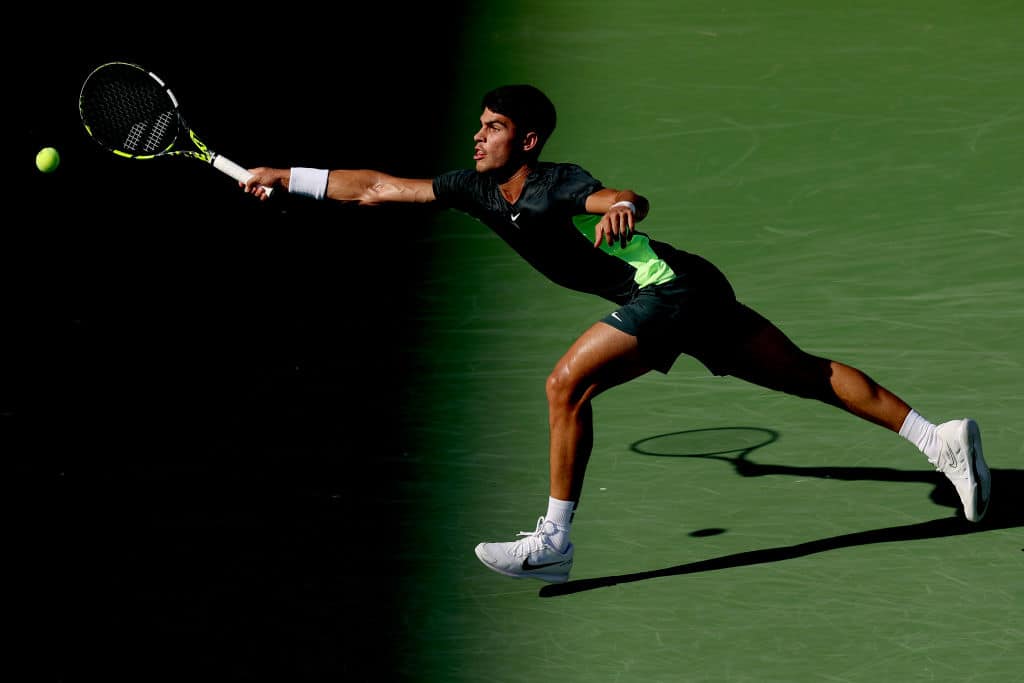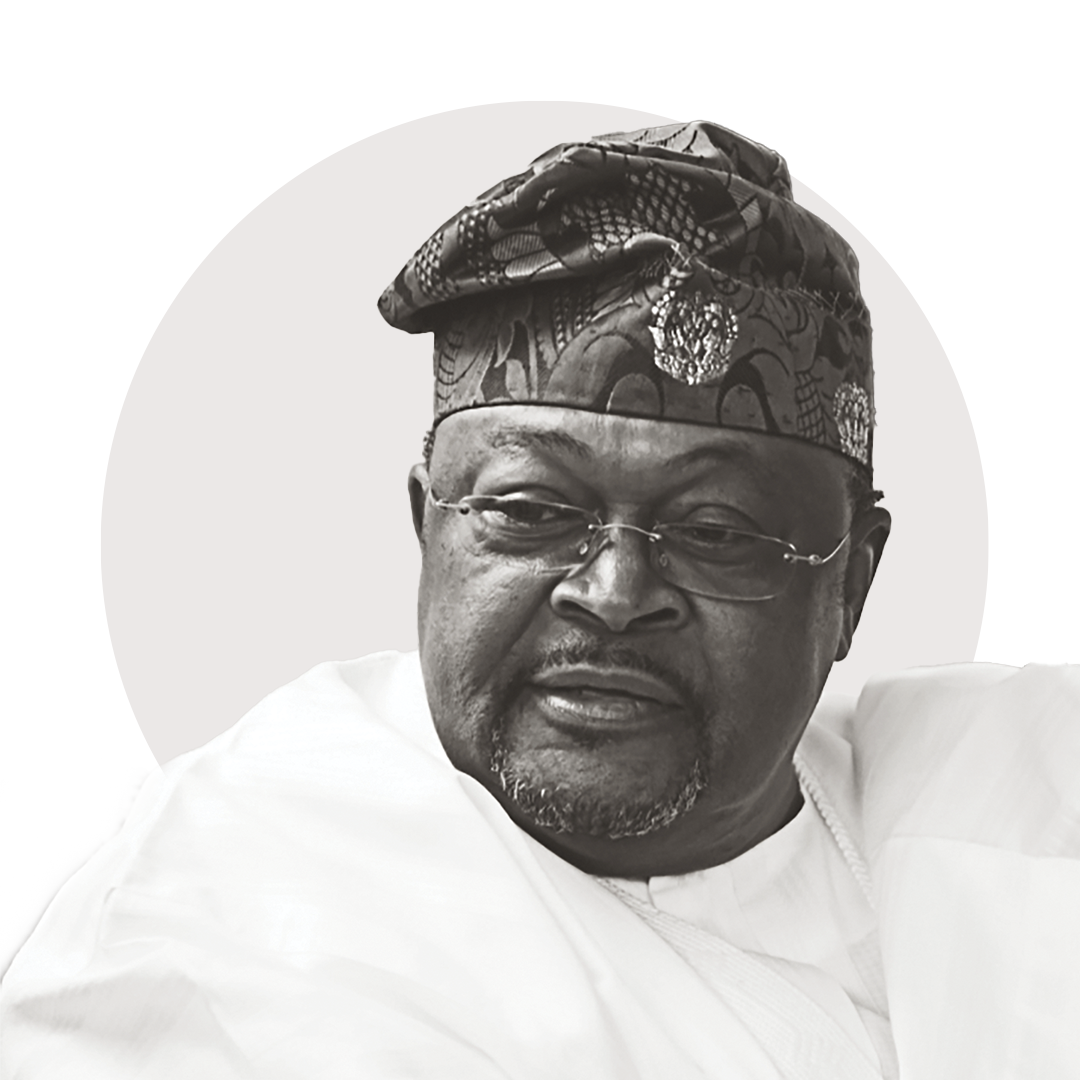With Roger Federer following Williams into retirement and Rafael Nadal winding down his career, opportunities abound for young players—on and off the court.
When Holger Rune started watching Rafael Nadal, he was about 7, maybe 8, growing up in Denmark and worshiping the Spanish tennis legend for what Rune calls his “fighting spirit.” Then he started looking up to Roger Federer, for his elegance and his transition game coming to the net.
“If I was going to idolize them, I was trying to idolize them all the way. So I wore the same clothes; I played with the same racket,” Rune tells Forbes, confirming that the mimicry extended to wearing Federer’s signature bandana. “I even tried the one-handed backhand, but luckily my coach told me to stick to your own tennis.”
Rune’s tennis has taken him pretty far—onto practice courts with both Nadal and Federer and into competitive matches against another player he has long admired, world No. 2 Novak Djokovic, whom Rune has actually beaten in two of their three meetings. His game has also sent the 20-year-old skyrocketing to No. 4 in the world rankings, from outside the top 100 at the start of 2022.
And he is not tennis’ only precocious player. A fellow 20-year-old, Carlos Alcaraz of Spain, sits atop the ATP Tour’s rankings while 22-year-old Jannik Sinner of Italy and 24-year-old Casper Ruud from Norway are seen as real contenders to win a Grand Slam, whether at this year’s U.S. Open or going forward.
Loading...
On the women’s side, Polish phenom Iga Swiatek is No. 1 and owns four major titles at age 22, and American Coco Gauff is a 19-year-old rising star who reached the French Open final last year and won the two biggest tournaments of her career this month.
To be sure, no one—whether tournament organizers or broadcast executives or sponsors—is racing to chase Federer, who retired last year, or Nadal, who has said 2024 will likely be his final season, out of the sport. And while Djokovic is 36 and less than a year younger than Nadal, he continues to play at the highest level, winning titles at this year’s Australian Open and French Open and losing to Alcaraz in a thrilling five-set final at Wimbledon. Still, there is a recognition that tennis tends to go through cycles of talent—just as Pete Sampras and Andre Agassi ruled the era before the Big Three—and there is a growing belief that a new generation is ready to fill the void, on and off the court.
“For sure, it’s not the worst time to be in tennis,” Rune says with a smile.
He and his fellow prodigies have quite the tennis shoes to fill. Djokovic has won a record 23 major singles titles, followed by Nadal with 22 and Federer with 20—no other man has won more than 14 (Sampras). Add it all up, and the Big Three have captured 65 of a possible 80 Slams dating to Federer’s first title at Wimbledon in 2003. Their dominance has been so absolute for so long that tennis pundits speak of a “lost generation,” and the numbers back that up: Players younger than Djokovic have won a combined six Grand Slam titles since Federer exploded on the scene, with four of them coming in the last three years (Dominic Thiem in 2020, Daniil Medvedev in 2021 and Alcaraz in 2022 and 2023).
And while she did not have as much company at the top of the sport, Serena Williams, who like Federer announced her retirement last year before backtracking somewhat in subsequent interviews, herself piled up 23 major singles titles, a women’s record for tennis’ Open Era.
The four tennis legends have an equally imposing legacy off the court. A mainstay near the top of Forbes’ annual list of the world’s highest-paid athletes, the 42-year-old Federer is one of just seven athletes with career pre-tax earnings over $1 billion, having cultivated a sponsor portfolio filled nearly top to bottom with premium brands, including Rolex, LVMH and NetJets. “Novak, he tried to be ahead in technology, and Nadal, he just tried to be a little bit different,” Lisa Delpy Neirotti, associate professor of sports management at George Washington University, notes of two players who have crossed $500 million in career earnings. Meanwhile, Williams, who made an estimated $440 million across her career, was a trailblazer among athletes as a venture investor and a startup founder, and transcended the sport into mainstream pop culture, appearing in two Super Bowl commercials in 2023 alone.
Alessandro Barel Di Sant Albano, who represents Gauff at Team8 and has worked with Federer, says Williams and the Big Three “have been the GOATs that have taken the traditional TV-watching fan into thinking about athletes as brands. They’re the pioneers that have taken us to a new way of looking at tennis as more of an entertainment platform, and more than just a sport.”
And all of that is setting aside the societal changes of the last 20 years, starting with the rise of social media. The upshot: The players coming of age today are entering a dramatically different, and increasingly global, sponsorship market, with more brands looking to spend more money on tennis than ever before.
The players have already started to take advantage of sponsorship opportunities, with eight of the sport’s ten highest-paid now under 30. Shoe and apparel companies typically come calling first—often by age 13, Delpy Neirotti notes—but other brands have also seen “a unique opportunity to align themselves with someone who can carry the torch,” says Marijn Bal, Ruud’s agent at IMG. “They know that if they get in early, they can get a lot of bang for their buck.”
So what will it take for a young player to reach the heights that Federer did? It starts with winning, which brings more attention from marketers and can also come with a direct payoff because endorsement deals often carry bonuses—sometimes in the seven figures—for climbing up the rankings or winning Grand Slams. For instance, Emma Raducanu raked in $18 million from endorsements and appearances in 2022, after winning the 2021 U.S. Open as a virtual unknown, and Naomi Osaka’s four major titles helped her eclipse Williams’ earnings record for a female athlete with at least $50 million off the court in both 2021 and 2022.
But “you need continued dominance—you can’t be dominant for just a few months, or a couple of years,” adds John Tobias, an agent at GSE Worldwide. “And it’s also about staying healthy in a really physically demanding sport—basically an 11-month-a-year sport that requires an insane amount of travel, an insane amount of dealing with time zones. Then you have to have the right personality and the right, we say, passport—or you come from the right country—and the ability to communicate with people on a global scale.”
Authenticity remains another important factor, which Bal says starts with “don’t endorse Coca-Cola when you’re drinking Pepsi” but extends to aligning with brands that fit the image you’re trying to cultivate for yourself—the way that Federer made himself synonymous with luxury and Nadal cast himself as a rebel.
In addition, “social responsibility and cause marketing are more important now than they ever were before,” says Joe Favorito, a veteran marketing consultant and former executive with the WTA Tour and the U.S. Tennis Association. While the great Arthur Ashe was once questioned for talking about social issues, Osaka’s support for the Black Lives Matter movement and her statements about mental health have made her even more valuable for brands, Favorito says.
Even with all of those boxes checked, there is no guarantee anyone will follow Federer to $1 billion in earnings. Players have to be willing to commit to their off-court endeavors, even amid the grind of the tennis schedule—and the teenaged Gauff, for instance, is taking a slow and steady approach as she develops as a player and a person. The 25-year-old Osaka, meanwhile, was once pegged as a perennial champion but has taken an unexpected detour over the last couple of years because of injuries and a recent pregnancy. “The story arc is never that simple because that’s real life,” says Stuart Duguid, who represents Osaka at Evolve, the talent agency they cofounded. “Life happens.”
Still, the number of talented players hitting their primes at once means exciting times ahead for the sport—and, presumably, for their wealth advisors.
“They all push each other, and they’re all friendly with each other,” Bal says. “[Ruud] got to Toronto early—he practiced with Medvedev, with Rune and with Sinner three consecutive days. So these guys are not shy, they’re playing with each other, they’re pushing each other, and it’s great for the sport.”
Loading...





















